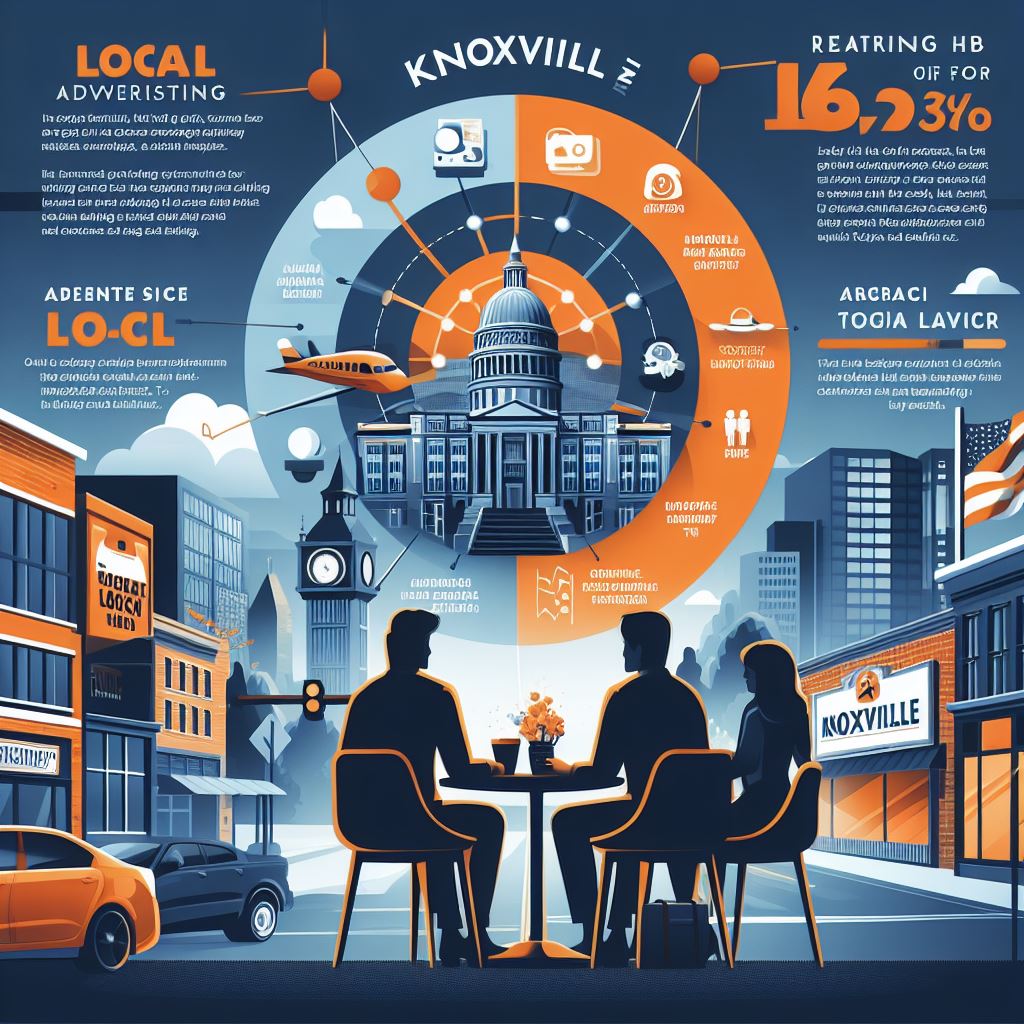Welcome to the world of digital marketing, where the power of the internet is harnessed to reach a vast audience with precision and efficiency. Online advertising, a cornerstone of modern marketing strategies, has revolutionized the way businesses connect with potential customers. Unlike traditional advertising mediums, online advertising offers unparalleled opportunities for targeting, tracking, and analyzing the effectiveness of campaigns in real-time.
Understanding the online advertising definition is crucial for businesses looking to thrive in the digital age. It encompasses a variety of formats, from search engine ads and social media promotions to banner ads and email marketing. Each method serves a unique purpose and, when used effectively, can significantly boost a company’s visibility and sales. Furthermore, with the rise of mobile device usage, advertisers now have the potential to reach consumers anytime, anywhere.
By leveraging online advertising, businesses can achieve a higher level of engagement and personalization with their target demographics. This personalized approach not only enhances the user experience but also increases the likelihood of conversion. As we delve into the realm of online advertising, we’ll explore key strategies, and offer PDF tips to help you refine your digital advertising efforts. Act now and reserve your ad space today!
Comprehensive Breakdown of Online Advertising Terms

As you navigate the digital advertising landscape, it’s essential to familiarize yourself with the jargon that will help you understand the strategies and tools at your disposal. A comprehensive breakdown of online advertising terms lays the foundation for a successful campaign.
- Ad Impressions: The number of times an ad is displayed, regardless of whether it was clicked or not.
- Click-Through Rate (CTR): The percentage of ad impressions that resulted in a click, indicating the effectiveness of an ad in capturing user interest.
- Cost Per Click (CPC): The price paid by an advertiser each time a user clicks on their ad, used in budgeting and to measure the cost-effectiveness of an advertising campaign.
- Conversion Rate: A metric that shows the percentage of users who took the desired action after clicking on an ad, such as making a purchase or signing up for a newsletter.
- Search Engine Optimization (SEO): The practice of improving a website’s visibility in organic search engine results to increase traffic.
- Display Advertising: Ads that appear as banners, images, or rich media on websites or social platforms.
- Programmatic Advertising: The use of software to buy digital advertising, which allows for automated and real-time bidding on ad inventory.
These terms represent just a glimpse of the extensive vocabulary used in online advertising. A solid grasp of these concepts can empower advertisers to create more targeted, effective, and measurable campaigns. As we continue, we’ll delve deeper into the nuances of each term and how they contribute to the larger picture of online advertising definition PDF resources that can further enhance your knowledge.
Strategies for Effective Online Advertising Campaigns
Creating effective online advertising campaigns requires more than just an understanding of terminologies; it calls for strategic planning and execution. Here’s a look at several strategies that can amplify the success of your advertising efforts:
- Targeting the Right Audience: Identify and understand your ideal customers to tailor your campaigns to their interests, behaviors, and demographics.
- Utilizing Multiple Channels: Diversify your advertising across various platforms such as social media, search engines, and websites to reach your audience where they are most active.
- A/B Testing: Experiment with different ad versions to determine which performs best and use the insights to optimize your campaigns.
- Retargeting: Re-engage users who have previously interacted with your brand but did not convert, using targeted ads to draw them back.
- Mobile Optimization: Ensure your ads are optimized for mobile devices, considering the increasing amount of time consumers spend on smartphones and tablets.
- Tracking and Analytics: Implement robust tracking mechanisms to monitor the performance of your campaigns and make data-driven decisions for improvement.
- Content Marketing: Incorporate valuable and relevant content to attract and engage your audience, establishing your brand as a thought leader in your industry.
These strategies can significantly improve the reach and effectiveness of your online advertising efforts. By continuously analyzing and refining your approach based on campaign data, you can achieve better results and a higher return on investment. Next, we’ll explore the role of PDFs in enhancing these strategies, providing a comprehensive understanding of the online advertising definition PDF format as a valuable resource.
Leveraging PDFs in Online Advertising Efforts

Portable Document Format (PDF) files can be a powerful tool in the realm of online advertising. They serve as an excellent medium for sharing rich content that is both accessible and visually appealing. When utilized correctly, PDFs can enhance engagement with your target audience by providing detailed information that complements your advertising campaigns. Here are some ways to leverage PDFs effectively:
- High-Quality Content Distribution: Use PDFs to distribute high-quality guides, reports, and ebooks that provide value to your audience beyond the scope of standard ad content.
- Lead Generation: Offer PDF downloads as an incentive for users to provide their contact information, thereby aiding in lead collection and nurturing.
- Brand Consistency: PDFs maintain their formatting across devices, ensuring that your branding and design remain consistent when viewed by your audience.
- SEO Benefits: Optimize your PDFs with targeted keywords, titles, and meta descriptions to improve their visibility in search engine results.
- Analytics Tracking: Embed tracking codes in your PDFs to gain insights into how users interact with your content, such as download frequency and time spent on document.
While PDFs are a valuable asset, it’s crucial to use them strategically within your online advertising campaigns. Ensure your PDFs are optimized for quick loading times and are mobile-friendly, as these factors significantly impact user experience. Integrating PDFs into your advertising strategy can provide a comprehensive experience for your audience, fostering trust and credibility for your brand. Moving forward, we will delve into best practices for creating and optimizing your online advertising definition PDF to maximize its effectiveness in your digital marketing initiatives.
Optimizing Your Advertising Content for Maximum Reach

To ensure that your advertising content achieves the widest possible reach, it’s essential to optimize it for both search engines and user experience. This multifaceted approach involves a combination of SEO strategies, content relevance, and platform-specific considerations. Here are key factors to consider when optimizing your online advertising content:
- Keyword Optimization: Incorporate relevant keywords into your content to enhance visibility in search engine results, focusing on those that align with your target audience’s search intent.
- Engaging Visuals: Utilize compelling graphics and videos to capture attention and convey your message quickly, as visual content is often more shareable and memorable than text alone.
- Responsive Design: Ensure your content is accessible and visually appealing across all devices, especially smartphones, as mobile usage continues to rise.
- Clear Call-to-Actions: Guide users towards the desired action with clear and persuasive CTAs that stand out and are easy to locate.
- User-Friendly Layouts: Organize your content in an easy-to-navigate structure, using headings, bullet points, and concise paragraphs to facilitate quick reading.
- Social Media Integration: Promote your content across various social media platforms to tap into different audience segments and encourage sharing.
- Analytics Review: Regularly analyze your content’s performance using analytics tools to understand what resonates with your audience and to make data-driven improvements.
By optimizing your advertising content, you’ll not only increase its reach but also improve the quality of engagement with your target audience. In the next section, we’ll explore the importance of tracking and analyzing your online advertising campaigns to continually refine your strategies for even greater impact.
Exploring the Future of Online Advertising

As we delve into the future of online advertising, it’s paramount to stay abreast of emerging trends and technologies that could revolutionize how we connect with audiences. Innovations such as augmented reality (AR), virtual reality (VR), and AI-driven personalization are poised to create more immersive and tailored advertising experiences. The rise of voice search and smart home devices also suggests a shift towards more conversational and context-aware advertising strategies.
Furthermore, with increasing concerns over privacy, advertisers must navigate new regulations and consumer expectations around data usage. This landscape mandates a transparent and ethical approach to data collection and ad targeting. Advertisers who prioritize user consent and data security will build stronger trust with their audience, resulting in more effective campaigns.
The integration of blockchain technology is another area to watch, as it offers potential solutions for ad fraud, ensuring transparency and accountability in ad delivery and performance metrics. As the digital ecosystem becomes more complex, advertisers will need to adopt agile and forward-thinking strategies to stay competitive and resonate with consumers on a deeper level.
Staying ahead in the dynamic realm of online advertising requires not only understanding current trends but also anticipating future shifts. Act now and reserve your ad space today! to position your brand at the forefront of innovation and maximize your advertising potential in the ever-evolving digital marketplace.


3 thoughts on “Ultimate Guide: Online Advertising Definition & PDF Tips”
Comments are closed.